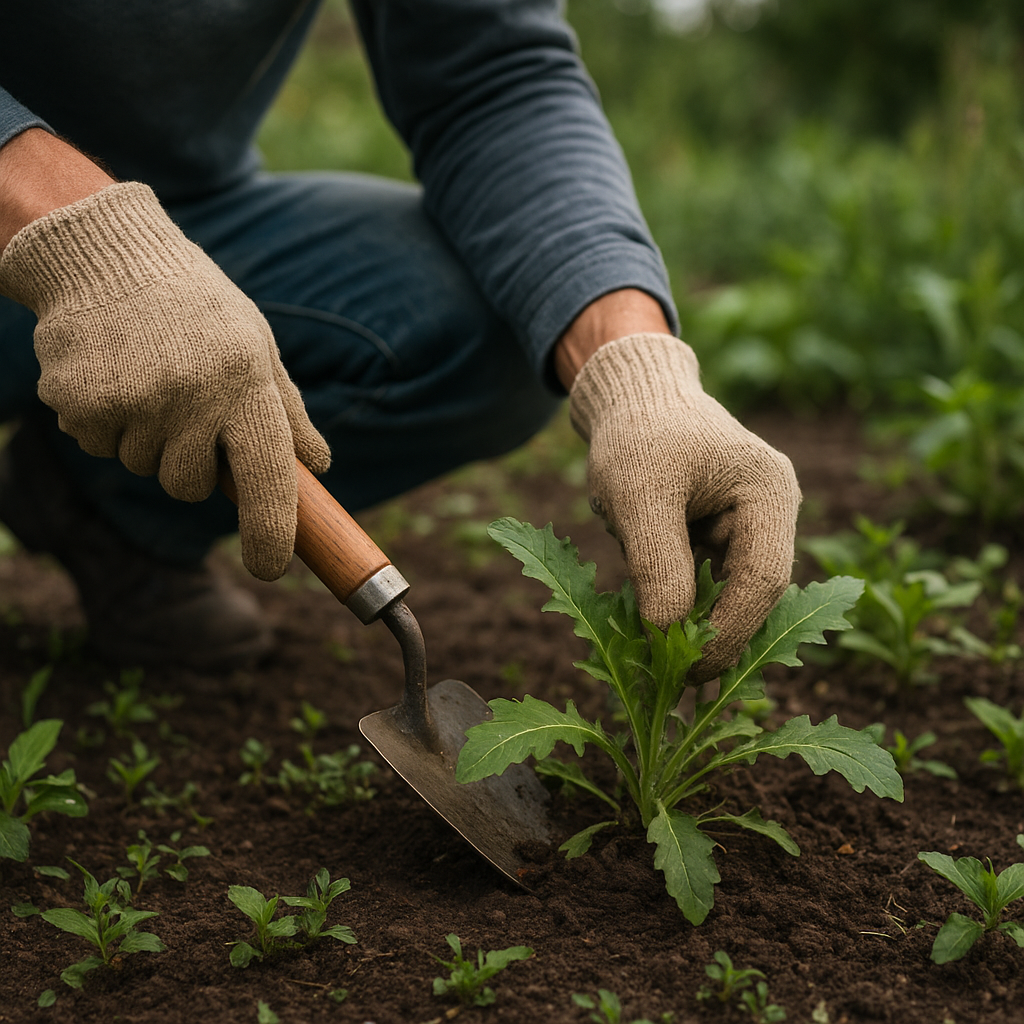
With the rise of online platforms and consumer demand for fresh, sustainable produce, farmers have unprecedented opportunities to connect directly with customers. Leveraging the right strategies can transform your operation into a thriving digital storefront, driving growth and forging deeper relationships with your market. The following sections outline practical steps to create a strong online presence, craft compelling marketing campaigns, and streamline sales and logistics.
Building a Strong Online Presence
Choosing the Right Platform
Your first decision is selecting an e-commerce solution that aligns with your goals and technical comfort level. Options range from all-in-one marketplaces to self-hosted websites. Marketplaces like local farmer’s platforms or national aggregators can quickly expose you to an existing customer base, while a dedicated site offers more control over your brand and customer data. Regardless of the route you take, ensure the platform integrates smoothly with payment gateways and has mobile-friendly templates.
Developing Your Brand Identity
A memorable brand is built on consistency and authenticity. Start by defining your unique value proposition: What sets your farm apart? Perhaps it’s regenerative practices, heirloom varieties, or a heritage story spanning generations. Reinforce this narrative through a cohesive visual identity—logo, color palette, and imagery—that resonates with your target audience. High-quality photos of lush fields, close-ups of ripe produce, and snapshots of farm life can elevate your site’s appeal.
Optimizing for Search Engines
Search engine optimization (SEO) is crucial for driving organic traffic. Research keywords related to your products, region, and farming methods. Incorporate terms like “organic vegetables delivery,” “grass-fed beef online,” or “farm-fresh eggs subscription” naturally into product descriptions, blog posts, and meta tags. Use descriptive file names for images and include alt text to improve accessibility and rankings. Consistently publishing valuable content—such as seasonal planting updates or farm-to-table recipes—strengthens your site’s authority and encourages return visits.
Crafting an Effective Marketing Strategy
Harnessing Social Media Channels
Platforms like Instagram, Facebook, and TikTok provide visual storytelling opportunities that can humanize your operation. Share behind-the-scenes videos of planting, harvest day timelapses, or interviews with farmhands. Leverage social media advertising tools to target demographics based on location, interests, and behaviors. Engaging with followers through polls, Q&A sessions, and live tours can foster community and turn passive viewers into active customers.
Content Marketing and Storytelling
Consumers are drawn to narratives that highlight your farm’s journey. Craft blog articles, infographics, or short videos that explain your sustainable practices, profile seasonal offerings, or share recipes using your produce. This not only positions you as an expert but also builds trust. Incorporate customer testimonials and user-generated content to demonstrate real-world satisfaction. Each story you tell reinforces your brand’s authenticity and makes your products more relatable.
Email Campaigns and Customer Retention
Email remains one of the most cost-effective channels for nurturing leads and encouraging repeat purchases. Segment your list by purchase history, location, or preferred products. Send targeted newsletters announcing new harvests, time-limited promotions, or special holiday bundles. Use personalized subject lines and compelling calls-to-action. Track open rates and click-throughs with analytics, adjusting your content and frequency to maximize engagement.
Paid Advertising and Partnerships
While organic methods build credibility, strategic investment in paid ads can accelerate growth. Run Google Ads targeting local search terms or social media ads promoting seasonal specials. Collaborate with food bloggers, local chefs, or wellness influencers to expand reach—offering free product samples in exchange for honest reviews and social mentions. Such partnerships can introduce your farm to new audiences and reinforce your reputation.
Managing Sales, Operations, and Logistics
Streamlining Order Fulfillment
Efficient order processing is key to customer satisfaction. Implement an order management system that syncs online sales with inventory and packing workflows. Organize produce pick lists by location and delivery dates to minimize transit times and spoilage. Clearly communicate shipping schedules and cut-off times so customers know when to expect their goods. Offering multiple delivery options—curbside pickup, local drop-offs, and shipping—caters to diverse preferences.
Packaging and Presentation
The unboxing experience is often the first physical touchpoint customers have with your brand. Invest in protective yet eco-friendly materials—recyclable boxes, compostable liners, or biodegradable packing peanuts. Incorporate branded elements such as stickers, thank-you cards, or care instructions to reinforce your identity. Thoughtful packaging not only safeguards produce but also serves as a tangible extension of your storytelling efforts.
Pricing Strategies and Payment Options
Determining the right price involves assessing production costs, market rates, and perceived value. Consider offering subscription models or bulk discounts to incentivize larger or repeat orders. Provide flexible payment options—credit cards, digital wallets, or buy-now-pay-later plans—to reduce friction at checkout. Transparent pricing that breaks down costs can justify premium rates and encourages customer trust.
Monitoring Performance and Scaling Up
Regularly review key performance indicators such as conversion rates, average order value, and customer acquisition costs. Use this data to refine ad targeting, promotional calendars, and product offerings. As demand grows, explore partnerships with local food hubs or co-packers to handle increased volume. Reinvest profits into expanding your digital footprint—upgrading website features, expanding product lines, or launching new marketing campaigns.
Fostering Customer Loyalty
A loyal customer base is your most valuable asset. Implement loyalty programs that reward repeat purchases—points, discount codes, or exclusive early access to rare items. Solicit feedback through surveys and adapt based on suggestions. Celebrate milestones such as one-year anniversaries with personalized gifts or special mentions. By consistently exceeding expectations, you transform one-time buyers into enthusiastic advocates for your farm.

